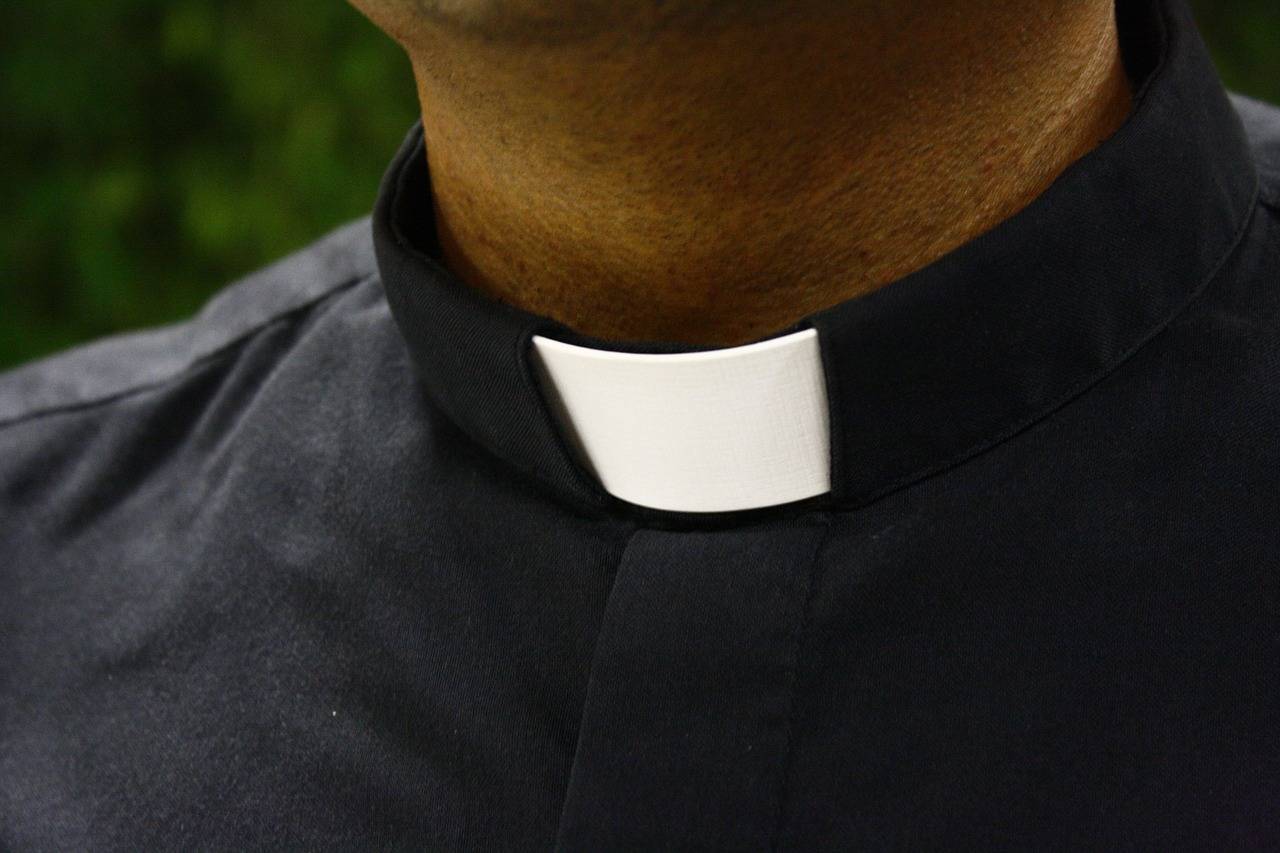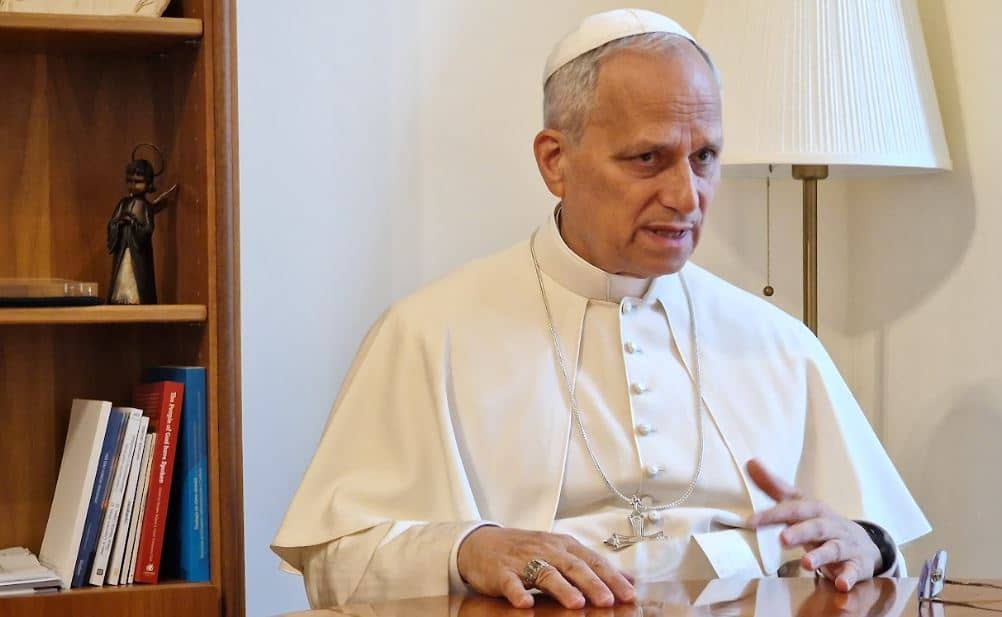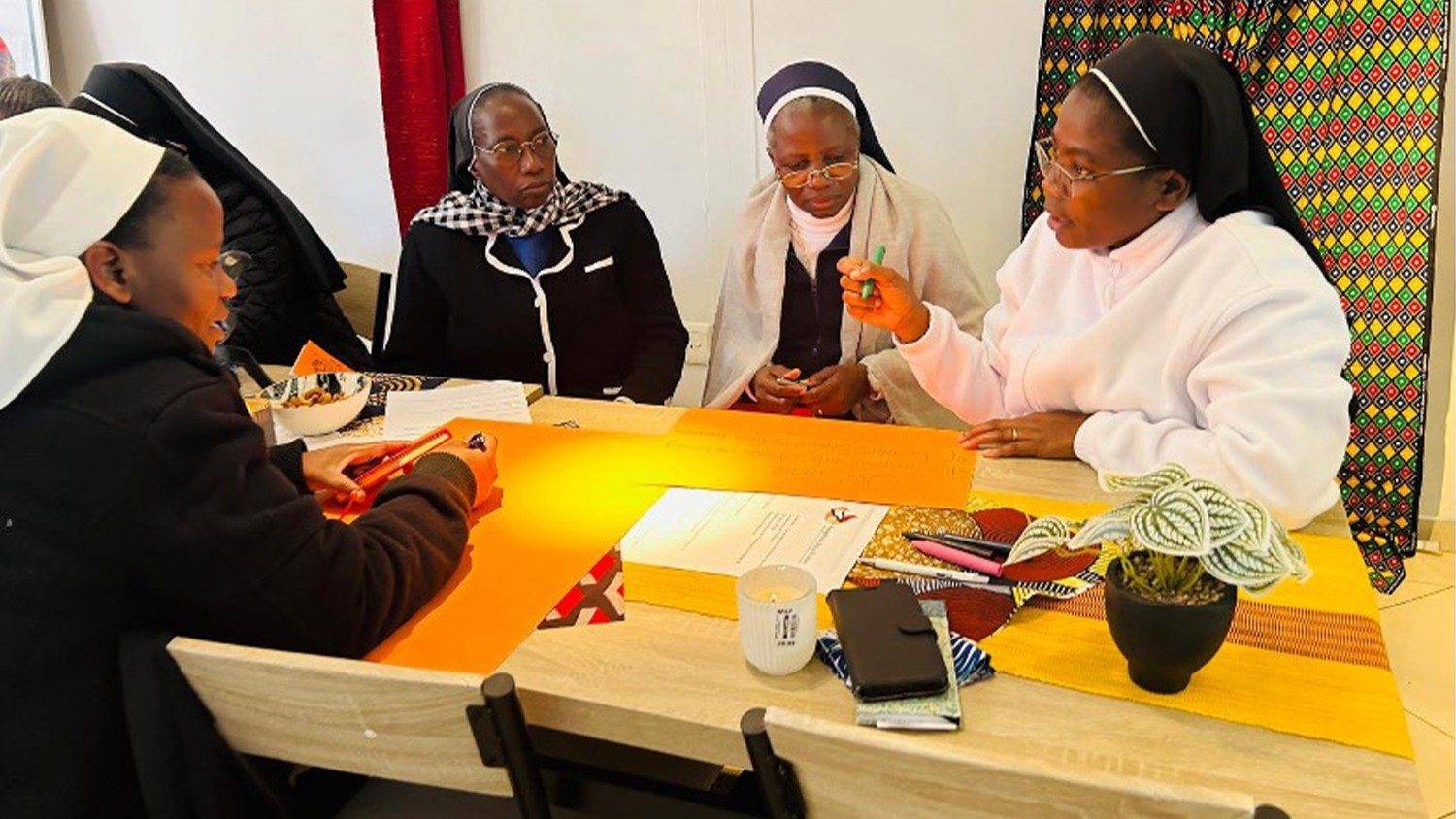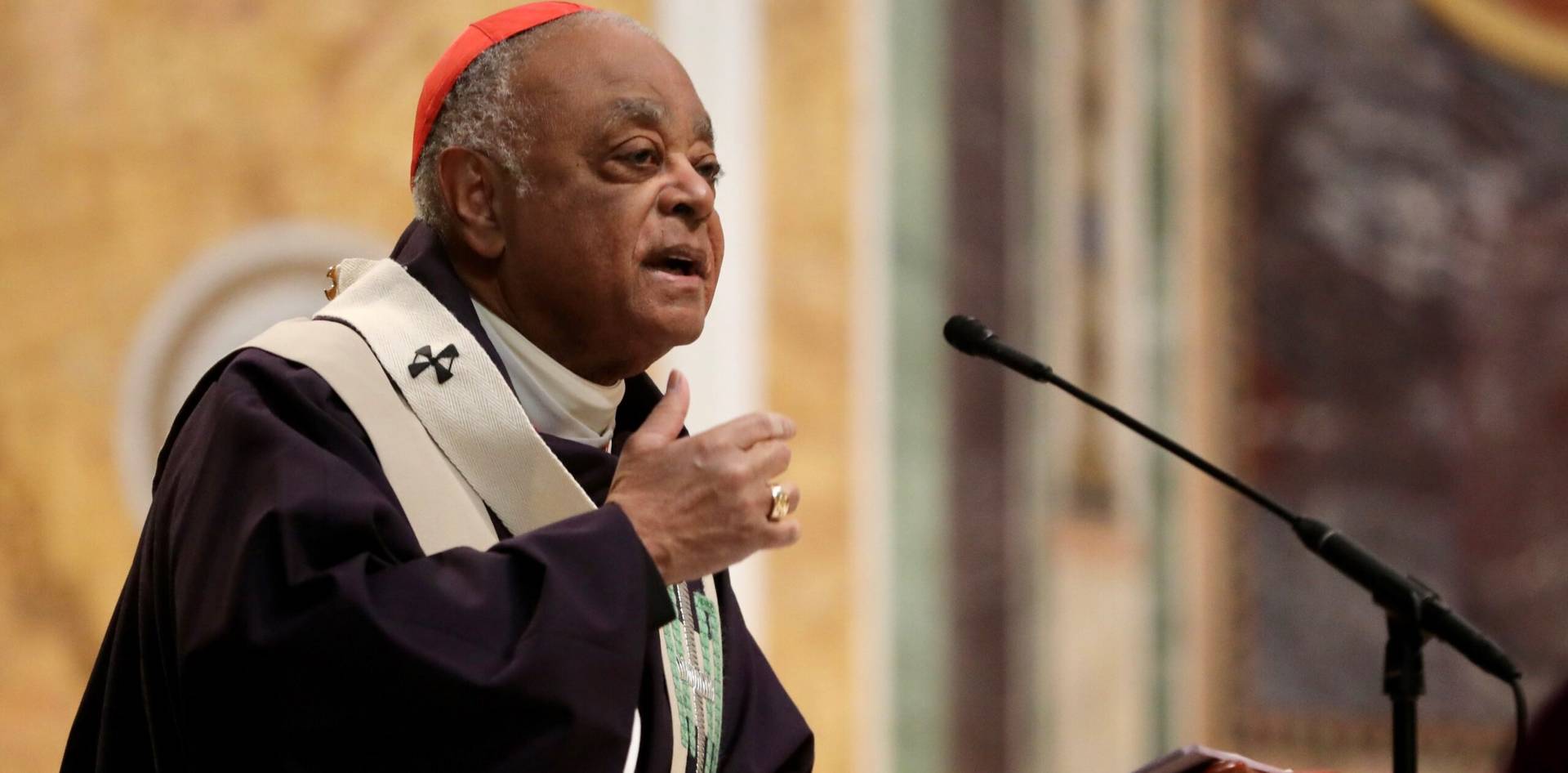[Editor’s Note: Chris Baglow is Director of the Science & Religion Initiative of the McGrath Institute for Church Life and Professor of the Practice of Theology in the Department of Theology at the University of Notre Dame. His leadership of the Science & Religion Initiative involves the creation and direction of programs that assist Catholic leaders in bringing the Catholic faith and modern science into dialogue for the sake of the New Evangelization. He spoke to Charles Camosy.]
Camosy: As someone who has done a range of teaching myself – high school, undergraduate, graduate – I’m not at all surprised that someone like you–who has an ever wider range of teaching experience–has effectively brought the complex topic of science and religion to a wide range of audiences. Can you say a bit about your experiences in this regard?
Baglow: It is hard for me not to marvel at how profoundly the decision to undertake work in this field altered the direction of my life and academic career, and quite unexpectedly so. It began in September 2005 while I was a Hurricane Katrina refugee, hunkering down with my family in an extra room at a rectory in Bunkie, a tiny town in the middle of central Louisiana. Just as I was wondering whether or not the college where I was teaching would ever open again, I received an unexpected phone call from Father Bry Shields, the president of McGill-Toolen Catholic High School in Mobile, Alabama, someone whom I had never met nor spoken with before. He asked if I would be interested in creating a curriculum for the upper grades on the relationship between the Catholic Faith and modern science as a companion to the new science curriculum and science center they were building. Given my somewhat desperate circumstances, I told him I’d take a shot at it, although I had no specific training in the field nor even much of an idea of where to begin.
It took two years to complete the curriculum, and two and half more before it was published as a semester-long elective course on the Catholic Faith and modern science. But the process of creating the text gave me an aerial view of another tragedy happening at almost exactly the same time that my beloved city, New Orleans, was ravaged by Katrina: The tidal wave of atheist propagandists absurdly claiming that science, in the words of the late particle physicist Victor Stenger, “shows that God does not exist.”
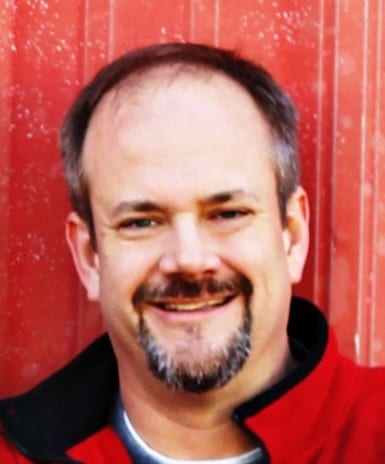
I began writing the first edition in October, 2005, and completed the draft in May, 2007. At exactly the same time, the writings of the so-called “New Atheists” were popping up on bestseller lists. Sam Harris produced The End of Faith in 2005 and Letter to a Christian Nation in 2006; also in 2006, Richard Dawkins produced The God Delusion. Finally, in 2007 Christopher Hitchens would produce God is Not Great: How Religion Poisons Everything. All four are among the top-selling books promoting atheism in publishing history, and all were produced within that two-year window. At the time I had no idea of how lasting the damage would be from either storm. New Orleans has recovered quite well, but the cultural and intellectual damage from the other remains.
I noticed that you directed the Templeton-funded Steno Learning Program in Faith and Science for Catholic Secondary Educators, a week-long seminar experience for Catholic science and religion teachers. What were some of the main ideas you wanted these teachers to wrestle with?
The SLP was also a desperate moment, of a sort. Once the curriculum was created, we quickly discovered that the faculty was struggling to adopt it. They were largely enthusiastic, but they lacked confidence. The science teachers had no training in theology or philosophy, and the theology teachers had little background in science. So we conceived of a week-long seminar program in which participating science and religion teachers would read great books and articles on the relationship between faith and science, and then come together for a week with expert moderators to discuss them and to brainstorm about how to integrate faith and science in their classrooms. We named it after Blessed Nicholas Steno (1638-1686), the Danish anatomist and geologist who founded the science of stratigraphy and fossil study before converting to Catholicism and becoming a priest and missionary bishop in Germany where he was renowned for his charity, truly a great scientist and a saint. The team was excellent: particle physicist Stephen Barr, theologian Cory Hayes, and evolutionary psychologist Matt Rossano, who have continued their contributions in the programs here at Notre Dame.
The topics ran the gamut: Faith, natural philosophy and science in the classical Catholic tradition (especially in Augustine and Aquinas), in contemporary magisterial teaching and Catholic theology (for this we read a number of St. John Paul II’s remarkable discourses, especially his 1988 Letter to Father George Coyne, Director of the Vatican Observatory, considered by many to be the magna carta of faith-science dialogue), physics and creation, evolutionary biology and the theology of human origins. We read Joseph Ratzinger’s little masterpiece In the Beginning on the creation accounts; we even read some science fiction (C.S. Lewis’s Perelandra).
I knew we had hit on something when one religion teacher pulled me aside to say that up until the seminar, he had never been able to see evolution as anything but inimical to faith, but after it was excited to collaborate with the science department on helping his students see their harmony. Thanks to the Templeton Foundation, we were able to follow the 2011 event with two more in 2012 and 2013, and to open the program to schools from all over the U.S. In 2014, the McGrath Institute for Church Life of the University of Notre Dame took up the mantle and began their own week-long seminar, which ultimately became the Initiative that I direct.
The second edition of your impressive textbook Faith, Science, and Reason: Theology on the Cutting Edge is now out. I guess that means the first edition met an important need! What do you think is most of interest in this new edition?
Considering that the research for the first edition represents very first sustained research I had ever undertaken on the topic, there were many things that I felt should have been included or at least given more attention. There were issues I had not covered the first time around, such as the problem of evil, science and spirituality, and the historicalness roots of the warfare model of science and faith.
Plus, years of research and teaching had deepened my understanding of the Galileo Affair, of the biblical creation accounts, of the witness of the Catholic intellectual tradition to important principles such as the integrity of nature. I wanted to give more attention to the incredible advances in the sciences of human origins that had occurred since the first edition was published. It was a chance to draw on years of teaching and lecturing to a wide variety of audiences and to more directly address the questions they most often ask, such as questions about Adam and Eve, original sin and death. As a result, the new edition is about 60 percent new material; even chapters that were included in the first edition have been largely rewritten.
Most importantly, I had so much more that I wanted to say about the Christian doctrine of creation. In the fifteen years since I began my work, no one had ever asked me what it means for a Christian to call God “the Creator.” Both skeptics and believers all-too-often assume that the doctrine of creation is half about infinite power, half about some kind of occult engineering. This is why too many believers get excited about God of the Gaps arguments like Intelligent Design Theory, making God a “how” explanation for natural phenomena that they think science can’t explain. They conceive of God as part magician, part mechanic, and part micromanager of complex processes.
The idea that a better analogy for God would be a playwright or a poet, and that love is the driving force behind the universe, both in terms of its reason for being as well as its meaning, never enters their minds. This means that very often even believers have two ideas about God in their minds, the God they encounter in Jesus Christ and the God who creates the universe as a kind of feat, a display of brute power.
To truly understand the Christian doctrine of creation is to come to see that, just as God causes us to come to life in Christ through mercy, causing goodness in us precisely where we have carved holes of nothingness into our lives through sin, that the doctrine of creation out of nothing means that every moment is an overwhelming display of the same kind of love. Creation itself is an act of mercy, of God causing goodness where it has no claim, where it is absent. So the freedom that we find in the natural development of the universe, for instance in the evolution of life and its diverse forms, is something we should expect if we see it in the light of the Christian doctrine of creation once we better understand it.
You now direct the Science and Religion Initiative at Notre Dame’s McGrath Institute for Church Life. Can you tell us a bit about its mission and goals?
The mission of the Science and Religion Initiative is best captured by the title of our current grant from the Templeton Foundation: “Integrating Faith and Science at Catholic High Schools Nationwide.” SRI equips educators to be competent and effective communicators of the complementarity of faith and reason, science and religion, and to enhance their teaching by bringing the two disciplines into dialogue in effective ways, drawing on the knowledge and expertise they gain through our programming. The 2014 seminar I mentioned earlier has grown into 3 annual summer seminars, featuring renowned scientists, philosophers and theologians: Foundations Notre Dame, Foundations New Orleans, and Capstone, our advanced seminar for teachers and schools administrators.
Additionally, SRI brings professional development programs, called “Institute Days,” to schools which allows whole faculties, neighboring Catholic schools, feeder schools, and diocesan and parish personnel to participate. Recognizing that Catholic education should be an integration of all of human knowledge in the light of the Gospel, we now offer presentations that include the other disciplines: history, fine arts, and literature, not to mention specific science subjects such as physics, chemistry and biology. Next week, on February 13, we will be with over 200 educators at Holy Family High School in Broomfield, Colorado for “Science and Faith: The Myth of Conflict”; and again at Bishop Guertin High School in Nashua, New Hampshire for an identical event on March 6.
As a theologian who focuses in bioethics, I’m also often working at the intersection of faith and science. At times I’m dismayed with what I find. But my students, who with just a bit of education can see the problems with the views they’ve often absorbed from the broader culture (or, sadly, even been taught by a misguided teacher), give me hope that we can get this thing turned around. Do you share in that hope?
I absolutely do share it, and for the same reason! My students here at Notre Dame, but also the many participants in our programs, are quite open to seeing the harmony between faith and science. They desire a “relational unity” between science and faith, between how and why explanations, and when offered them, they are grateful and even enthusiastic.
St. John Paul II once said that science and religion “can each draw the other into a wider world, where both may flourish.” This confidence and openness is in such stark contrast to the stark, artificial binaries that our culture offers. I’ll give him the final word, one which should challenge us all to do our part: “Christians will inevitably assimilate the prevailing ideas about the world, and today these are deeply shaped by science. The only question is whether they will do this critically or unreflectively, with depth and nuance or with a shallowness that debases the Gospel and leaves us ashamed before history.”
Crux is dedicated to smart, wired and independent reporting on the Vatican and worldwide Catholic Church. That kind of reporting doesn’t come cheap, and we need your support. You can help Crux by giving a small amount monthly, or with a onetime gift. Please remember, Crux is a for-profit organization, so contributions are not tax-deductible.











